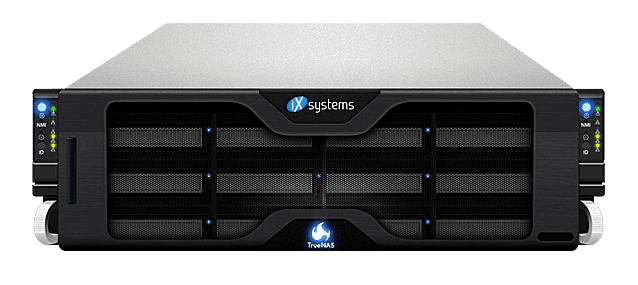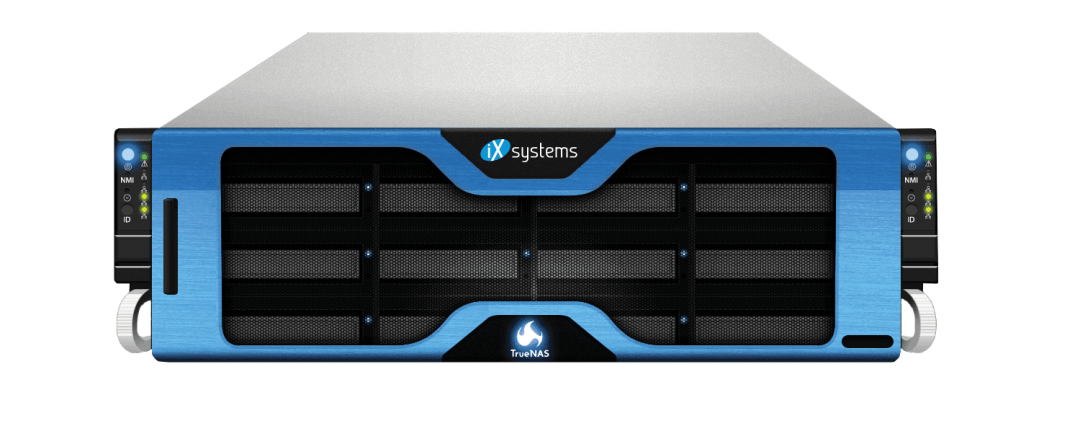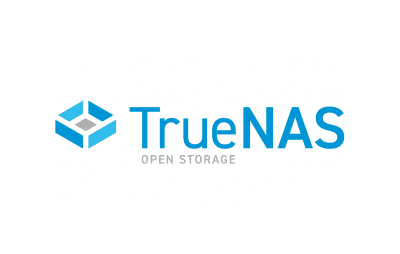“Software-Defined Storage” or SDS for short is a buzzword that has created not only impressive excitement, but also significant confusion. From Software-Managed Storage to Hardware-Agnostic Storage, “SDS” needs clarification before you make your next buying decision.







